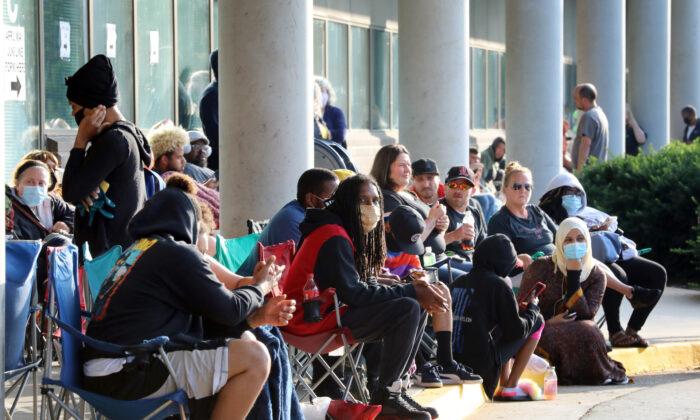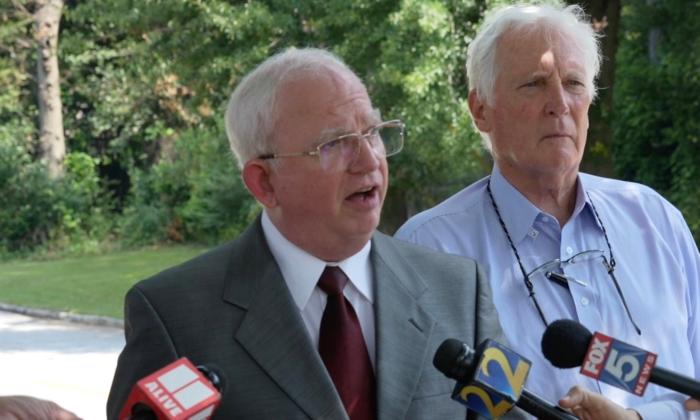WASHINGTON—The Paycheck Protection Program (PPP), which is an incentive for small businesses to keep their employees on the payroll during the health crisis, helped businesses to improve cash flow in the initial weeks of the program and it mainly flowed to areas less hard hit by the virus, according to a study by the University of Chicago’s Becker Friedman Institute.
The scholars who examined the early effects of the relief loans on businesses and local economies found that the firms had used the first round of PPP funds to strengthen their balance sheet and liquidity.
The scholars, Joao Granja, Constantine Yannelis, and Eric Zwick from the University of Chicago, and Christos Makridis from MIT Sloan School of Management, examined weekly firm-level employment and shutdown data, as well as initial unemployment insurance (UI) claims at the county level.
“The absence of a significant effect on UI claims during the initial weeks of the program is striking,” they wrote, given that one objective of the program was to “provide relief for congested state unemployment insurance systems.”
By examining the Census Bureau’s small business survey data, the researchers found that some companies appeared to use PPP funds to boost liquidity and pay back loans and other non-payroll expenses.
“For these firms, the PPP may have strengthened balance sheets at a time when shelter-in-place orders prevented workers from doing work and when unemployment insurance was more generous than wages for a large share of workers,” the researchers state.
“This finding is important because it implies that, while employment effects are small in the short run, they may well be positive in the medium run because firms are less likely to close permanently.”
The relief loans provided by the Small Business Administration (SBA) have a maturity of two years and an interest rate of 1 percent. They’re offered to businesses with fewer than 500 workers.
The program began accepting applications on April 3 as part of the Coronavirus Aid, Relief, and Economic Security (CARES) Act. The first round of funding of $349 billion ran out 13 days after the launch. Congress approved another $310 billion for PPP loans in April.
The researchers at the Becker Friedman Institute examined the time period between the third week of January and the last week of April to understand the effects of the PPP during the early stages of the pandemic.
Their research showed that nearly 15 percent of companies in the most affected congressional districts were able to obtain PPP loans until April 15, while more than 30 percent of businesses in the least affected districts were able to tap into the fund during the same period. This implied that funds flowed to areas less hard hit.
“The evidence suggests the PPP functioned less as social insurance to support the hardest-hit areas and more as liquidity support for less affected firms,” the scholars wrote.
One important aspect of this program is that firms can qualify for loan forgiveness if they keep their employees on the payroll and use a certain amount of the fund to pay salaries. The recent changes to the program allowed businesses until December 31 to rehire their employees to qualify for full forgiveness.
“Because PPP support is more generous for firms that maintain their payroll, the program likely appealed more to firms with smaller reductions in their business,” the researchers noted.
As data become available, however, they said they would continue to study the impact of PPP loans on the employment and local economies, which may reveal a different picture in the longer term.





